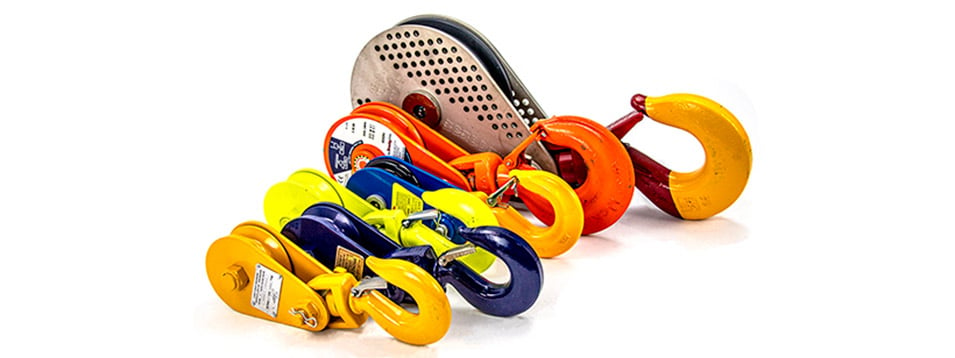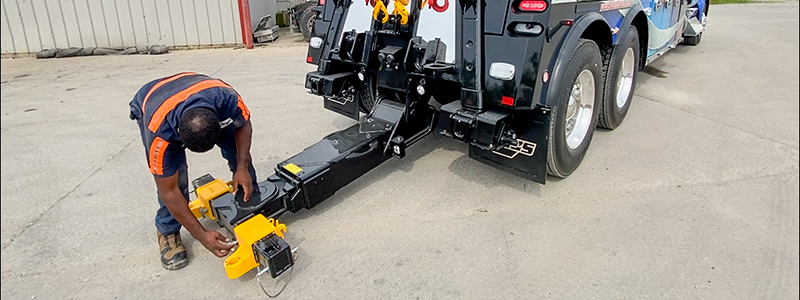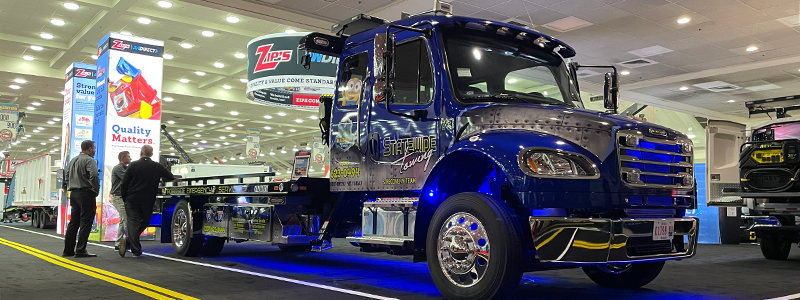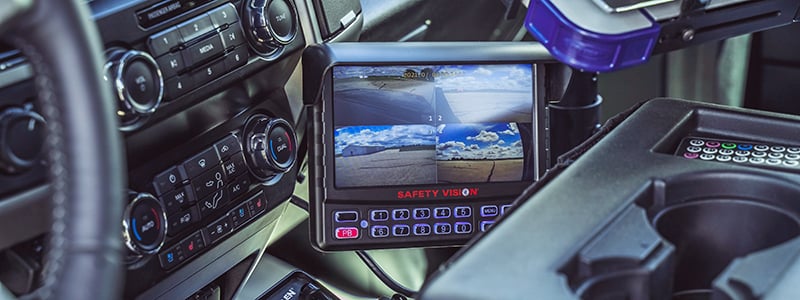Get to Know Snatch Blocks: Their Uses, Parts and Care.

Snatch blocks are essential rigging and recovery tools. Available in a wide selection of sizes and capacities, these sheaves and attachments provide a critical pivot point to change the angle and direction of a pull or increase the load capacity of a winch line.
Snatch blocks are for use in the recreational market, towing and recovery industry, overhead crane operations and many other industrial applications. They are compatible with both synthetic line and steel cable. Each snatch block is dual labeled with its pulling capacity and acceptable rope size.


Moving Parts
Traditional snatch blocks consist of a single pulley or sheave protected by two outer teardrop-shaped side plates.
A release pin with a cotter key sandwiches the plates together over the pulley. To insert the winch cable or line, the pin is removed by turning the nut counterclockwise by hand. This allows access to the inner pulley. Be sure to reinsert the cotter key after screwing the plates back together.
Most snatch blocks come equipped with bronze bushings for longevity and smooth operation. To aid in routine preventative maintenance, a grease zerk is located on the outside of the center sheave pin. Weekly lubrication is suggested.
Daily inspection of each snatch block is recommended prior to use. Snatch blocks should also be stored inside a toolbox or compartment to protect them from the elements when not in use.

Common Attachments

Snatch blocks are available with three common attachments: swivel hook with latch, swivel shackle and chain end with grab hook. Each serves its own unique purpose, depending on the type of application and equipment being used. For this blog, we will focus on usage in the towing and recovery industry.
On a car carrier, a chain link or hook end can be inserted into the keyhole slot on the tailboard to change the direction of the winch line. This is particularly useful when the tow operator is looking to keep a lane of travel open while recovering a casualty from a roadside ditch or tight parking lot.
For example, the other two types of snatch block ends are typically used during heavy-duty recoveries. If the operator is looking to lower the angle of the pull and create downward pressure. This winch line redirection is especially useful while responding to a vehicle rollover or uprighting a tractor-trailer.
“Many tow operators will attach a snatch block to a lower point like a D-ring, stiff leg or wheel lift on their own truck to get the angle pulling down for a rollover situation, versus going straight off the end of their wrecker boom,” explained Ed Peichel, a product sales representative at Zip’s AW Direct.
Safety Always
Besides routine maintenance, operators should position themselves away from the direction of the pull whenever possible during operation for safety in case a winch line should fail. To avoid failure caused by misuse, users should never exceed the rated capacity of the winch line and snatch block.
Capacities typically range from 2 tons to 22 tons, and pulley diameters range from 3 inches to 12 inches. In general, the larger the diameter, the greater the working load limit (WLL), although some pulley sizes can handle multiple WLL ratings. See the chart below for examples of common snatch block sizes in relation to WLL.
| Pulley Diameter | WLL |
|---|---|
| 3" | 4,000 lbs. |
| 4" | 8,000 lbs. |
| 6" | 16,000 lbs. |
| 8" | 30,000 lbs. |
| 10" | 30,000 lbs. |
By running winch lines back through snatch blocks, operators can also increase the capacity of their winch lines. Oftentimes this doubles the pulling force. Again, users should refer to their equipment operating manuals and rated capacities to avoid overloading.
“Always calculate the resistance of your pull and use proper rigging to both the casualty and your equipment,” Peichel said.
Best Practices
Snatch blocks are a great tool in towing and recovery scenarios, for recreational use and for overhead lifting applications. Here are a few tips to follow to ensure you get the most of your investment and prevent unintended damage or injury.
- Inspect prior to using your snatch blocks
- Lubricate pulley as needed
- Protect against the elements
- Stand away from winch line & anchor points
- Do not exceed rated capacity
- Refer to equipment manuals for proper usage


%20blog%20thumbnail.png)


%20blog%20thumbnail.png)







